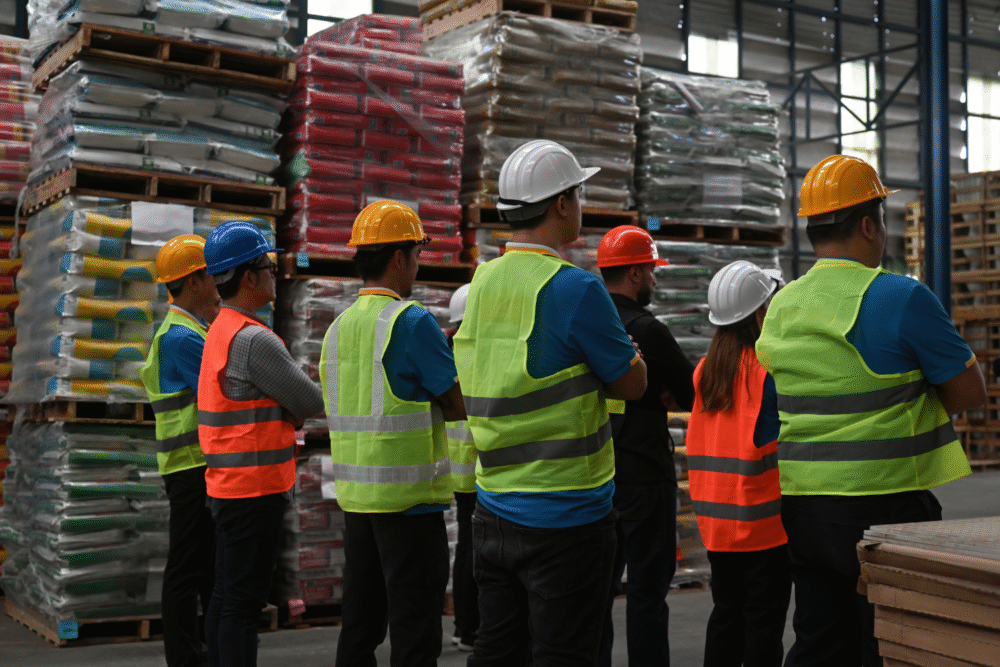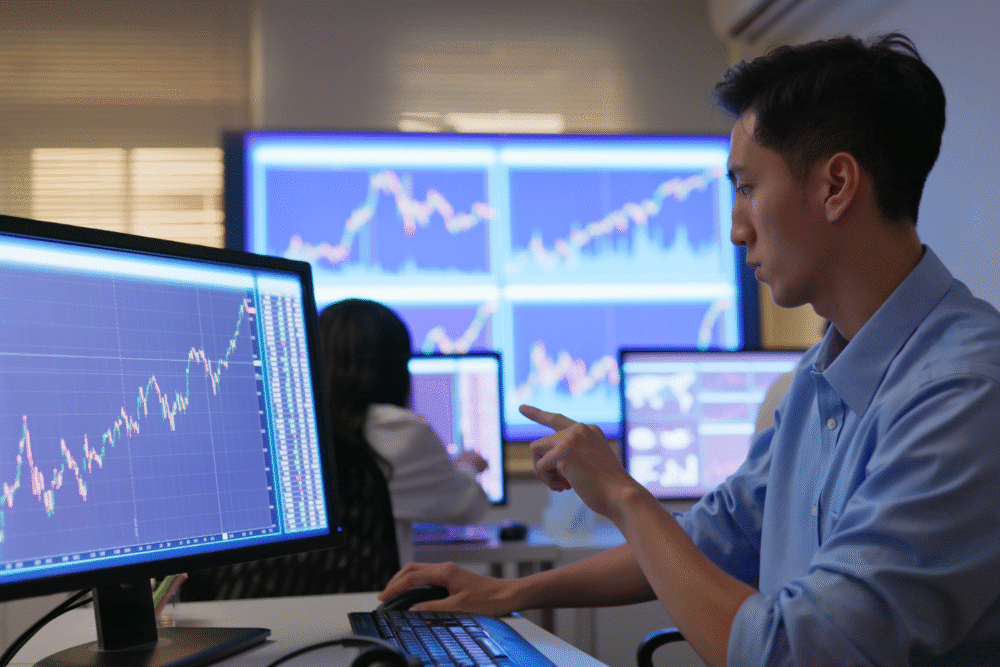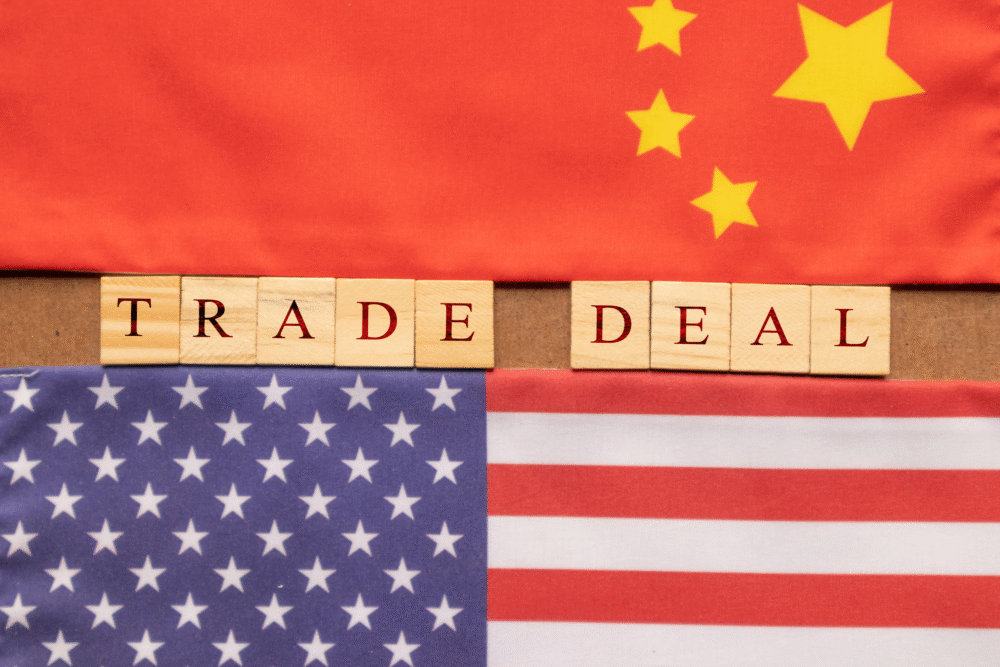The numbers look great, but the mood behind them tells another story.

On paper, the U.S. economy appears unstoppable—low unemployment, rising wages, and steady consumer spending. Yet behind those optimistic headlines, economists keep sounding alarms about what’s brewing beneath the surface. The contrast between public confidence and expert caution has never been more striking.
While the data looks solid, cracks are starting to show in everything from debt levels to long-term productivity. The economy may feel strong for now, but its foundation could be far shakier than it seems.
1. Consumer spending is strong, but savings are shrinking.

Americans are still spending like the good times haven’t ended, but that spending is increasingly powered by debt. Pandemic savings that once cushioned households have largely disappeared, forcing many to rely on credit cards or personal loans. It’s keeping the economy afloat for now but at a dangerous cost.
Credit card balances recently hit record highs, with interest rates climbing past 20 percent. That means more of every paycheck goes to paying off old purchases instead of building financial stability. When consumers finally pull back, as they inevitably must, demand could drop sharply—turning today’s strength into tomorrow’s slowdown almost overnight.
2. The job market looks solid, but it’s cooling underneath.

The unemployment rate remains low, but hiring momentum is slowing across major sectors. Many companies have quietly frozen new positions or shifted full-time roles to part-time and contract work. Job openings have fallen from their pandemic peaks, suggesting the labor market’s cushion is thinning fast.
It’s a subtle shift that most workers don’t notice until layoffs start appearing in headlines. For now, wage growth gives an illusion of security, but economists warn that slowing demand for labor could quickly reverse that trend. The job market still looks strong on the surface, yet its underlying engine is losing steam.
3. Inflation has cooled, but prices remain painfully high.

Inflation rates have come down from their 2022 highs, but that doesn’t mean things are cheaper—just that prices aren’t rising as fast. Groceries, rent, and basic utilities remain well above pre-pandemic levels, leaving many households feeling squeezed despite steady paychecks.
Even modest inflation can erode purchasing power when wages fail to keep up. Economists worry that “sticky inflation,” where prices stay high instead of falling back, could keep pressure on consumers for years. It’s the kind of quiet financial strain that doesn’t make headlines but slowly chips away at spending confidence.
4. Stock markets are booming, but corporate debt is rising.

Wall Street is celebrating record profits, yet many companies are carrying more debt than ever before. Low-interest loans taken out during the pandemic are now coming due, and refinancing at higher rates is eating into margins. Investors may be cheering short-term gains, but balance sheets tell a riskier story.
As borrowing costs rise, corporations may be forced to scale back expansion plans or cut jobs. That could ripple across industries that rely on business investment. The market’s optimism feels disconnected from the real financial conditions many firms are facing behind closed doors.
5. Government spending is propping up growth—for now.

Federal stimulus measures and infrastructure projects have helped stabilize the economy, especially during periods of weak private investment. But experts warn this level of government spending isn’t sustainable long-term. Rising national debt and higher interest payments could eventually limit future fiscal flexibility.
The danger isn’t immediate collapse, but dependency. Once government support fades, growth could slow sharply, revealing how much of today’s strength was borrowed from tomorrow. Economists are divided on timing, but few believe this current pace of spending can continue without significant trade-offs.
6. Housing prices remain high, but sales are plunging.

Home values are still near historic highs, which makes the housing market look healthy—but the number of sales tells a different story. Soaring mortgage rates have priced out many buyers, while homeowners with low fixed loans are refusing to sell. The result is a frozen market that looks stable but isn’t moving.
Construction activity is slowing, and affordability is at its worst level in decades. Economists fear this stagnation could spread to related sectors like home improvement, retail, and banking. It’s a quiet slowdown that hasn’t hit headlines yet but could soon drag on broader economic growth.
7. Consumer confidence is uneven across income levels.

High-income households continue to spend on travel, entertainment, and luxury goods, while lower- and middle-income families are cutting back. This split creates a distorted picture—aggregate numbers look fine, but much of the economy’s “strength” is concentrated at the top. For millions of others, budgets are stretched to the breaking point.
That imbalance makes the recovery fragile. If wealthier consumers pull back even slightly, there’s little demand left to offset it. Economists see this two-speed economy as one of the clearest indicators that growth isn’t as broad or stable as it appears.
8. Global instability could quickly change the picture.

International factors like trade disruptions, geopolitical tensions, and fluctuating energy prices can all hit the U.S. economy faster than expected. Global supply chains remain vulnerable, and any major shock—such as conflict escalation or oil shortages—could trigger inflation spikes or market corrections overnight.
Experts say the U.S. isn’t insulated, even with strong domestic demand. Economic resilience at home can’t offset global turbulence indefinitely. The risk isn’t that a single event causes a crash, but that multiple small shocks combine into the kind of slowdown that no one sees coming until it’s already underway.
